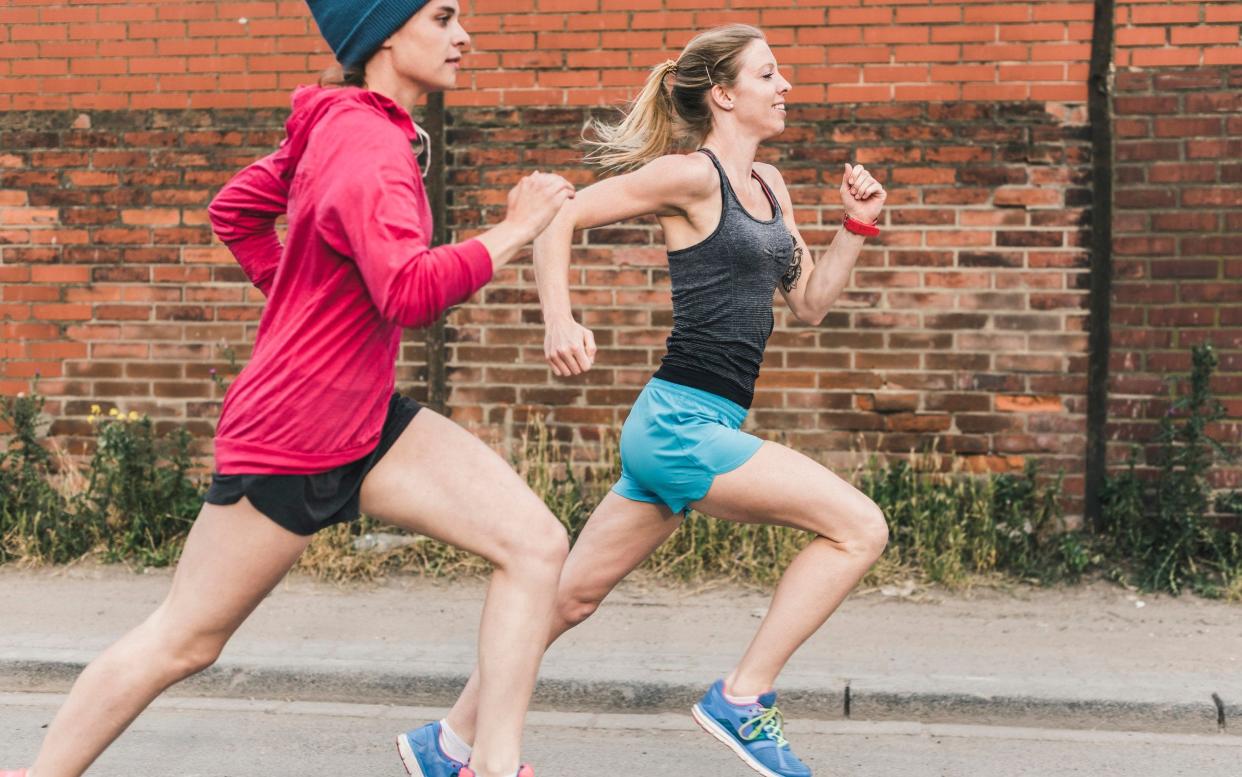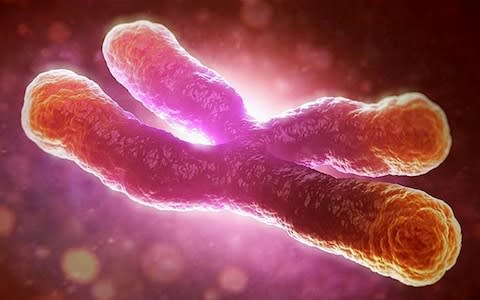Running and strength training put to test to see which best keeps body young

Aerobic exercise, such as running, swimming, and cycling can reverse biological ageing, but strength training has little impact, a study suggests.
Scientists monitor how quickly the body is ageing by studying the protective caps on the end of chromosomes - known as telomeres - which keep DNA intact and repair systems functioning well.
As humans age telomeres get shorter, eventually causing cell death and disease. But a new study by Leipzig University, in Germany, found that after six months of regular aerobic exercise telomeres had lengthened by 3.5 per cent. In contrast people doing weight training saw no lengthening.
The scientists think the endurance training may mimic the lengthy travelling and fight-or-flight behaviour of our ancestors.
Those participating in 45 minutes of aerobic exercise three times a week also had three times more telomerase, an enzyme that keeps telomeres long and healthy, compared to those taking part in resistance training.

Professor Ulrich Laufs, study leader, said: “Our main finding is that, compared to the start of the study and the control group, in volunteers who did endurance and high intensity training, telomerase activity and telomere length increased, which are both important for cellular ageing, regenerative capacity and thus, healthy ageing.
“Interestingly, resistance training did not exert these effects."
Previous research has shown that longer telomeres and increased telomerase activity are associated with healthy ageing.
However, this study of look at the effects of different forms of exercise based on these two measurements of cellular ageing.
A possible mechanism that might explain why endurance and high intensity training could increase telomere length and telomerase activity is that these types of exercise affect levels of nitric oxide in the blood vessels, contributing to the changes in the cells.
Co-author of the study, Dr Christian Werner, of Saarland University, Germany, said: "Using these measurements to guide training recommendations for individuals may improve both adherence to and efficacy of exercise training programmes in preventing cardiovascular disease.
"From an evolutionary perspective, endurance and high intensity training may mimic the advantageous travelling and fight-or-flight behaviour of our ancestors better than strength training.”
The research was published in the European Heart Journal.

